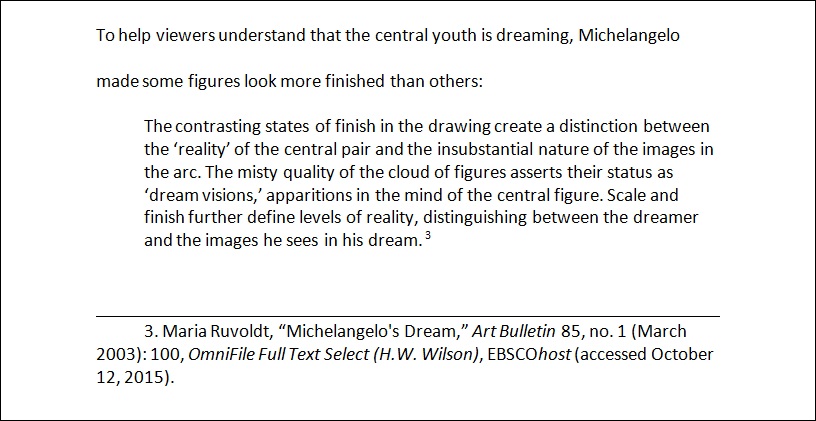Write References in Different Citation Styles
How to Write References in Different Citation Styles

Writing references in your papers is one of the most important and tricky steps of assignment completion. Many papers get low grades because of incorrect references and in-text citations. So, learning how to write references according to the most widespread citation styles is a necessary skill for any student of any learning institution.
Let’s dive into the topic and learn more about the importance, the structure, the common usage, and the similarities and differences of the most popular citation styles.
The Importance of Correctly Formatted References
Every student has to understand that citation is an important part of an essay, research paper, thesis or dissertation as it allows to support your statements and also guide your readers to the sources that they might need to get a better understanding of the topic which you explore in your work.
Every teacher or professor provides guidelines and requirements that you need to follow in order to get a high grade. Some teachers require citing all the sources that you examined throughout the research process even if you didn’t use them in your final version of your text or didn’t take any quotes from them. Other teachers might require mentioning sources that weren’t used in the work but might be interesting to the reader as the additional source of information.
Chicago Style
Chicago is a common style of citation that implies using one of the two methods: “notes and bibliography” and “author-date.”
Notes and Bibliography System
The notes and bibliography system is usually used for works related to humanities – literature, philosophy, linguistics, but the most commonly to history. This method implies citing sources in numbered notes (footnotes or endnotes) that correspond to the number in the text and also can be found in a separate bibliography list that is organized in alphabetical order.
The main advantage of this system is an opportunity to list a wide variety of sources, even the most unusual ones and create neat reference lists.

Source: DISD
- Note
1. John Smith, ed., The Book Title (Indianapolis: Example Press, 2016), 156–68.
- Shortened note
1. Smith, Title, 156–68.
- Bibliography entry
Smith, John, ed. The Book Title. Indianapolis: Example Press, 2016.
The Author-Date system
The “author-date” system is commonly used in social sciences and represents a brief citing of the source in the text by adding the author’s last name and the year of publication in parentheses. Every citation, in this case, matches a complete reference from the list where more details are given.
So, if you need to cite a source in your text, use parentheses to put the author’s last name, the year and page numbers if needed. Chicago style doesn’t imply separating the name and the year with a comma. That’s why your citation will look the following way:
(Smith 2018)
or
(Smith 2018, 213–17)
- In-text citation
(Smith 2016, 156–68)
- Reference list
Smith, John, ed. 2016. The Book Title. Indianapolis: Example Press.
If you haven’t received guidelines on the method of the Chicago style that you need to use in your work, then you can choose the one that is more preferable to you. For example, the one that will be easier for you to navigate through.
You can find more detailed information about organizing your reference list, citing various types of sources or how to write references from a website in the official guide –
Our Advantages
Quality Work
Unlimited Revisions
Affordable Pricing
24/7 Support
Fast Delivery